Varicose veins (varicose veins) are a pathology of the veins, which is manifested in their deformation and decreased blood flow. Observing the appearance of spider veins, pain and heaviness in the legs, it is worth starting the treatment of varicose veins immediately, mainly because the initial manifestations of the disease can be treated with minimally invasive or generally folk methods.
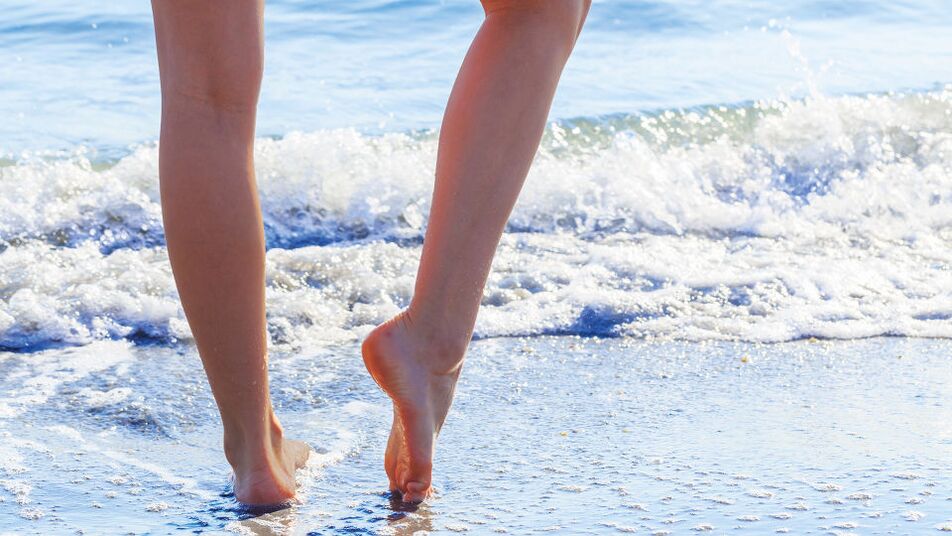
The main signs of varicose veins in the legs
The so-called "spider web" in the legs is nothing more than the beginning stage of varicose veins. In addition, the main signs of varicose veins are:
- persistent swelling of the legs in the thigh or leg;
- heaviness in the legs;
- skin discoloration: the appearance of red spots, darkening;
- the veins change shape and increase in size;
- thickening of the skin on the lower leg;
- severe pain in the calves, aggravated when walking, feeling hot and burning in the legs;
- pain in veins when pressed;
- the formation of trophic ulcers;
- leg cramps at night.
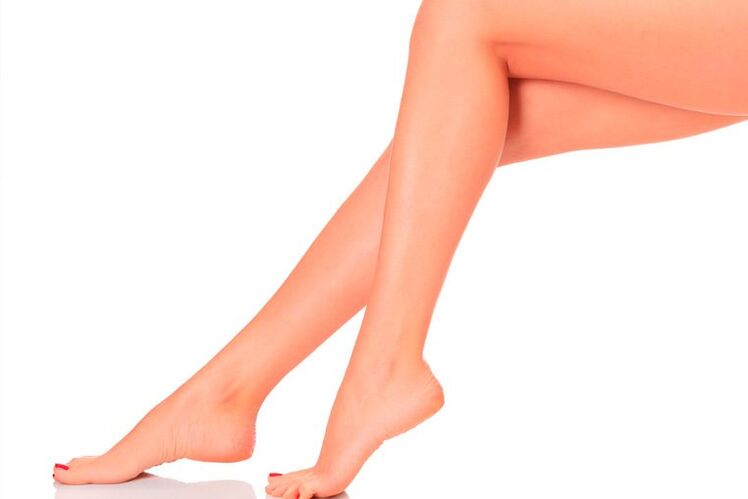
With varicose veins in the legs, therapy should start as soon as possible.
At these sites, the blood flow rate decreases, which contributes to the formation of thrombosis.
With this disease, the venous vessels lose elasticity, expand in some places, twist, forming nodules.
How can you cure varicose veins in legs?
Modern medicine has several methods of treating this disease. The physician must decide on the treatment regimen, taking into account the existing symptoms, the concomitant illnesses and the characteristics of the patient's body. As a result, these modern methods may be involved:
- Conservative treatment is the use of certain medications.
- Minimally invasive techniques. Whenever possible, doctors try to use them to treat varicose veins in the legs.
- Radical therapy. Execution of venectomy and phlebectasia for varicose veins.
In many cases of moderate-stage varicose veins in the legs, with a doctor's approval, folk remedies can be used as ancillary methods to help eliminate varicose veins.
Wearing compression garments helps to heal varicose veins at an early stage and also aids the veins in the post-operative period. The effectiveness of compression garments is due to the effect of tissue compression, which leads to compression and varicose veins. There are models of products for the treatment of varicose veins in pregnant men and women.
modern methods of treatment
Drug therapy: creams, ointments and gels
With varicose veins, damage to the blood vessels occurs, leading to blood stagnation. Therefore, in the first stage of the disease, the following groups of drugs will be effective:
- Non-steroidal pills or gels to prevent inflammation. They are used to treat thrombosis and thrombophlebitis. Treatment of varicose veins with these medications should only take place under the supervision of a doctor.
- Based on hormones that have an antihistamine and anti-inflammatory effect on varicose veins. They also reduce tissue swelling.
- Blood thinning drugs that prevent venous blood stagnation and blood clot formation, thinning the blood and improving its circulation.
These medications are actively used in home therapy for varicose veins, but must be used strictly in accordance with the doctor's instructions. Ointments and gels are usually applied directly to the vascular area twice a day.
Minimally invasive procedures
Minimally invasive methods of treating varicose veins do not require long-term surgical intervention, hospitalization, and subsequent rehabilitation. A non-surgical intervention is performed in a procedure room under local anesthesia. These methods of treating varicose veins in the legs are less traumatic.
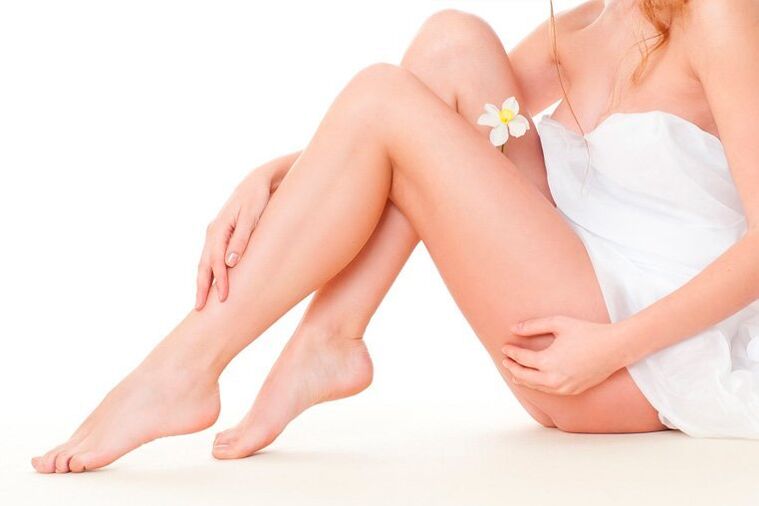
On the same day, the patient can go home.
In 95% of varicose veins, doctors use non-surgical intervention, only 5% of patients undergo phlebectomy.
Minimally invasive procedures include:
- radiofrequency removal;
- sclerotherapy;
- laser ablation;
- microphlebectomy.
sclerotherapy
The method of sclerotherapy involves injecting a sclerosing active substance into a deformed vein. It obstructs the damaged area of the vein and blood moves along the restored bed. Over time, the isolated section of the vein dissolves on its own.
Sclerotherapy is performed under constant ultrasound control. Modern technologies have further improved the method of sclerotherapy. Now more and more people are using a more effective method of treating varicose veins - foam sclerotherapy. It is performed if the diameter of the veins does not exceed 10 mm, such intervention practically does not bring complications in the postoperative period.
After sclerotherapy, the patient is instructed to wear compression garments for a month to consolidate the positive effect.
Radio Frequency Removal
The radiofrequency ablation method is one of the least traumatic and, at the same time, it can effectively eliminate varicose veins in the legs. The procedure is possible with any diameter of the veins. Ablation is performed under local anesthesia, under constant ultrasound control.
Through a small puncture in the vein, a radiofrequency catheter is inserted into the desired location in the tissues around the vein. An anesthetic is then injected, which creates a "water bed" around the damaged vein, which protects the surrounding tissue from the action of radio waves. After radiofrequency therapy, long-term rehabilitation is not necessary; as soon as 2 weeks after the procedure, the patient can live an active life. Despite the cost, this method has the highest ratings on the forums.
Contraindications to radiofrequency ablation are thrombophlebitis and trophic skin changes.
laser ablation
Laser ablation is performed on an outpatient basis from 30 minutes to 2 hours under local anesthesia. Upon completion, the patient can immediately go home regardless of the clinic. The method involves burning the walls of blood vessels with a laser using a special light guide. As a result, there is a blockage in the affected area of the vein.
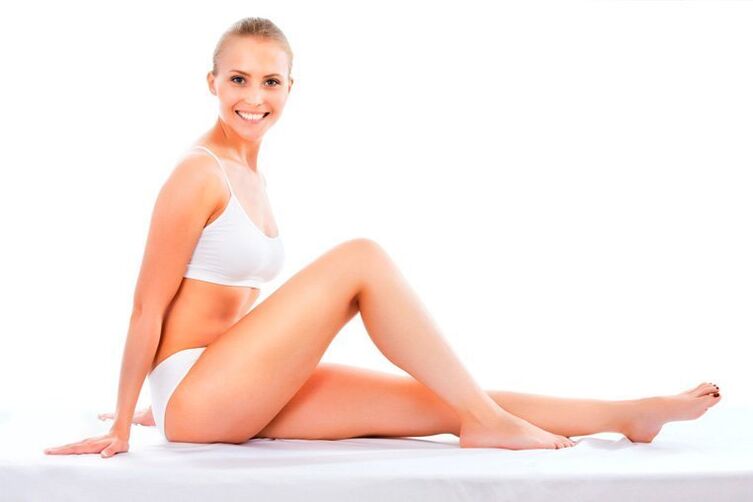
Over time, the laser-treated area dissolves.
Several types of optical fibers are used for laser ablation:
- extremity - for veins with a diameter not exceeding 1 cm;
- radial - for any diameter shaft, 360 degree coverage.
After the laser therapy procedure, the patient is recommended to wear compression stockings for prophylactic purposes. The type of clothing and the duration of its use are prescribed by a phlebologist and the price of these aids has recently become lower.
microphlebectomy
During the microphlebectomy procedure, the surgeon removes the affected area of the vein using special hooks. These hooks are inserted into the vein through a microincision of up to 1 mm. The procedure is performed under local anesthesia.
The rehabilitation period after treatment is 3 to 5 days, after which the patient can go to work. During the procedure, bruises appear at the exposure site, which dissolve on their own after 3-4 weeks. Compression garments are recommended for the first 2 weeks after microphlebectomy.
Advantages of microphlebectomy include the ability to apply the technique to veins of any diameter and to completely remove the affected area of the vein.
Phlebectomy
In case varicose veins in the legs are neglected and non-surgical treatment regimens do not give a positive result, the patient undergoes an operation to remove the damaged veins - phlebectomy. Only surgery will help to cure varicose veins in advanced cases.
Phlebectomy is performed in a hospital under spinal or general anesthesia for a maximum of 2 hours. After the operation, the patient is under observation in the treatment unit for 1-2 days.
Indications for a surgical operation:
- severe violation of blood flow;
- extensive varicose veins;
- serious complications of varicose veins - thrombophlebitis, trophic ulcers.
The risk of complications during surgery is minimal, but there are contraindications for phlebectomy:
- inflammatory processes in the skin;
- internal deep vein thrombosis;
- diseases of the cardiovascular system;
- hypertension;
- infectious diseases;
- pregnancy.
For phlebectomy, a special probe is inserted into a vein through a small incision in the skin. The enlarged section of the vein is mechanically removed and the incision is sutured.
Postoperatively, the patient is prescribed venotonics and means to reduce blood viscosity, it is recommended to wear compressive underwear for 2 months, perform exercises in a special gymnastics complex and walk outdoors.
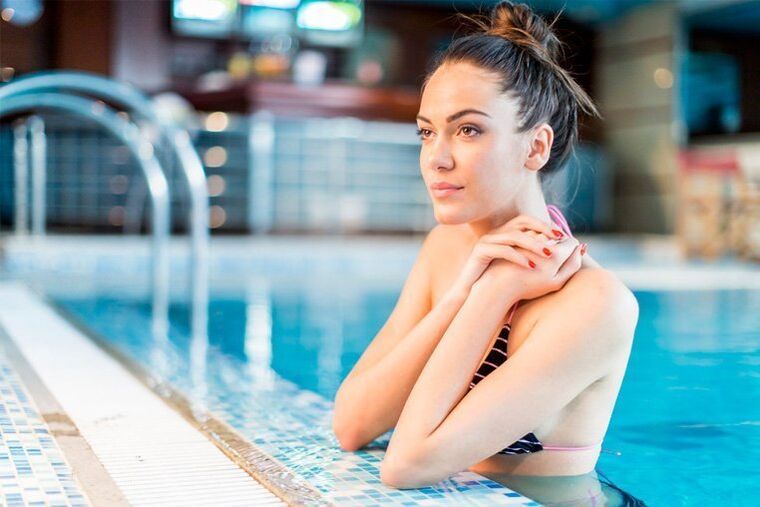
Cycling and swimming are also useful.
Treating varicose veins with home remedies
Treating varicose veins with folk remedies can be effective at an early stage of the disease if you approach the problem comprehensively in consultation with your doctor. To eliminate the disease, you need to apply a series of measures:
- Give up the habit of sitting cross-legged.
- Walk more with comfortable shoes.
- Introduce foods with fiber in your diet, avoid fried, fatty and spicy foods, and also take vitamins, useful microelements.
- Use folk remedies (decoctions, tinctures, compresses, scrubbing) to get rid of varicose veins in your legs.
Apple vinegar for leg varicose veins
Apple cider vinegar helps relieve swelling, pain and heaviness in legs with varicose veins. The product contains more than 20 body-helpful minerals and trace elements, as well as vitamins A, C, B. Apple cider vinegar strengthens the walls of blood vessels and helps relieve edema, tones the skin.
Ways to use apple cider vinegar to treat varicose veins:
- Compresses. Dip a dressing in clean vinegar, apply to varicose area of skin, wrap in cellophane and warm with a towel. Place your legs horizontally 50 cm above your body, for example on the arm of a sofa. Keep the compress for 30 minutes to 1 hour.
- Friction. After regular treatments with water, rub apple cider vinegar on the varicose sore areas of the lower extremities, do not rinse the product off the skin until the next bath.
- Dousing. The recipe is very simple: dilute 150 g of apple cider vinegar in 2 liters of warm water. Place your feet in a basin, slowly pouring the prepared solution from a ladle into the swollen veins. Drain off the water and repeat the procedure within 5 minutes. Do not dry your feet after dumping them, they should dry naturally.
Clay lotions and compresses
For the treatment of varicose veins, blue, green or white clay is useful, it can be purchased at the pharmacy. Soak the clay in cold water and brush the varicose areas on the legs. The thickness of the clay layer must be at least 1 cm. Cover the top with polyethylene, no insulation required. Keep the package cold for 1 to 1, 5 hours and then take a cold shower.

Clay compresses should be performed in a course of 12 procedures twice a week.
A cold wrap is just as useful in treating varicose veins on your legs as a warm wrap. When the temperature drops, the veins constrict, the metabolism speeds up, the lymph is released, which removes toxins and toxins from the body. The clay wrap effectively eliminates swelling and helps relieve leg fatigue.
Acacia flower tincture
The tincture of white acacia flowers helps to treat varicose veins. It is used in the form of compresses, rubs, lotions.
The dye has the ability to dissolve swollen venous nodules.
To prepare the tincture, pour 100 gr. white acacia flowers with half a liter of vodka, leave for three weeks in a dark place. Strain and rub the infusion daily into the skin where the venous dilation is visible. The more you do this, the sooner normal blood circulation in your legs will be restored. First, the vascular network will become thinner and disappear, with time, the deep veins will also disappear.












































